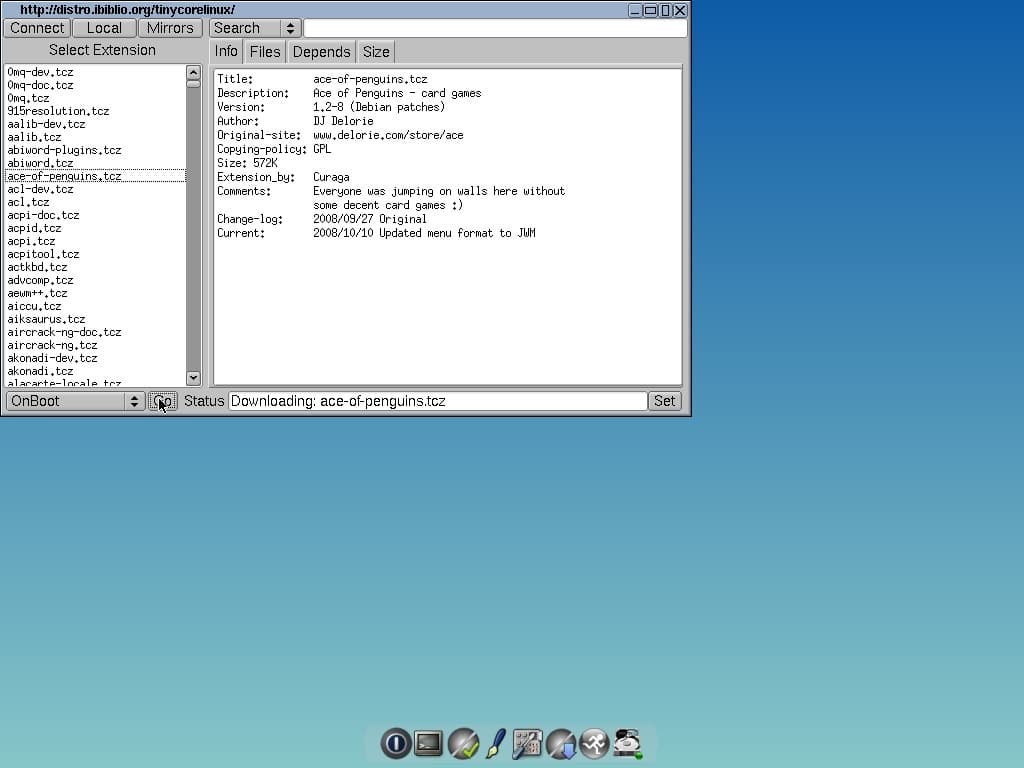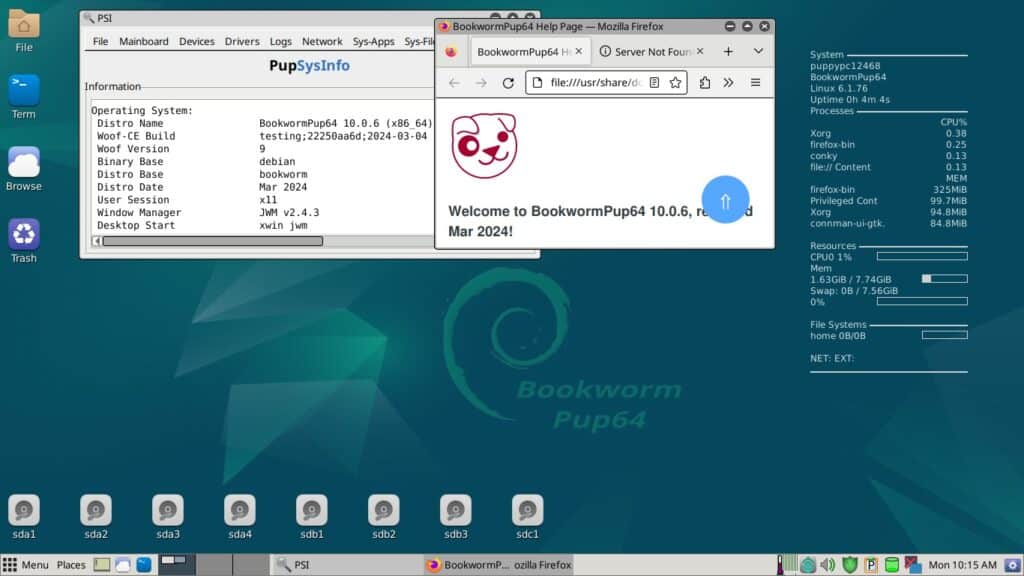The world of open-source software offers a wide range of options for those seeking efficient, fast, and resource-friendly operating systems. In this context, lightweight Linux distributions without a graphical user interface (GUI) have positioned themselves as the ideal alternative for older systems, servers, or minimalist computing environments. These distributions not only optimize performance but also provide greater control over the system. Below, we present five of the best options available today, along with their main focus and standout features.
1. Tiny Core Linux: The Minimalist’s Choice

Tiny Core Linux is one of the most lightweight and customizable distributions on the market. Its smallest version, MicroCore, weighs in at just 7 MB and does not include a GUI by default. Designed to run entirely from RAM, this distribution is extremely fast. However, it doesn’t come with many pre-installed applications, allowing users to add only the essential components they need. Tiny Core Linux is ideal for advanced users who want to configure their system from scratch and prefer full control over every aspect of their environment.
2. Alpine Linux: Security and Efficiency
Alpine Linux is a minimalist, security-oriented distribution. It uses BusyBox, a tool that combines multiple Unix utilities into a single executable, significantly reducing the system’s size. Alpine is renowned for its reliability in critical environments such as servers, Docker containers, or embedded systems. Additionally, it is “systemd-free,” meaning it doesn’t use the default init system of modern Linux distributions, which contributes to its lightweight nature. While its primary use is for servers, it can be configured to run without a GUI, offering a fully optimized experience.
3. Puppy Linux: Lightweight and Versatile

Puppy Linux is a distribution known for its ease of use and ability to run from RAM. While its default version includes a simple GUI, it can also be installed without one for those who prefer a purely command-line experience. With a size of around 300 MB, Puppy Linux is perfect for older hardware and offers useful tools for both beginners and advanced users. Additionally, its ability to run in “live” mode (directly from a USB or CD) makes it a highly flexible option.
4. SliTaz: Small but Powerful
At just 50 MB, SliTaz is one of the smallest Linux distributions available. It can run directly from a USB or CD without needing installation, making it an ideal choice for quickly accessing a minimalist Linux environment. Although it includes the Openbox window manager, SliTaz can also be used entirely via the command line, making it perfect for systems with limited resources or portable environments. Its focus on simplicity and speed makes it ideal for specific tasks or older systems.
5. antiX: Debian Without systemd
antiX is a Debian-based distribution that avoids systemd, reducing resource consumption. While it offers several lightweight window managers, such as IceWM and Fluxbox, it can also be used without a GUI. Its minimal version is around 250 MB, making it an excellent choice for those who prefer a simple, fast, and efficient Debian-based system. antiX is designed to run on older hardware and is ideal for users seeking a lightweight alternative to conventional distributions.
Comparison of Lightweight Distributions
Below is a comparative table summarizing the key features of these five distributions:
| Distribution | Size (MB) | Default GUI | No GUI Option | Main Focus | Key Features |
|---|---|---|---|---|---|
| Tiny Core Linux | 7 | No | Yes | Minimalism and control | Runs in RAM, highly customizable |
| Alpine Linux | ~10 | No | Yes | Security and efficiency | BusyBox, systemd-free, ideal for servers |
| Puppy Linux | ~300 | Yes (optional) | Yes | Ease of use | Runs in RAM, compatible with older hardware |
| SliTaz | 50 | Yes (Openbox) | Yes | Portability and lightness | Runs “live” from USB or CD |
| antiX | ~250 | Yes (multiple) | Yes | Debian without systemd | Based on Debian, ideal for older hardware |
Conclusion
These five Linux distributions without a GUI are ideal for reviving older hardware, setting up servers, or working in minimalist environments. Tiny Core and Alpine Linux stand out for their focus on minimalism and security, respectively. Puppy Linux and SliTaz offer a combination of lightness and ease of use, making them versatile options for different types of users. Meanwhile, antiX is an excellent choice for those seeking a Debian-based distribution without systemd, with a focus on efficiency and simplicity.
The final choice will depend on each user’s specific needs, but all these distributions guarantee optimal performance and minimal resource consumption. Whether it’s reviving an old computer, setting up a server, or simply exploring the power of the command line, these options demonstrate that Linux remains a flexible and accessible platform for all types of users.
source: Noticias Internet Util

